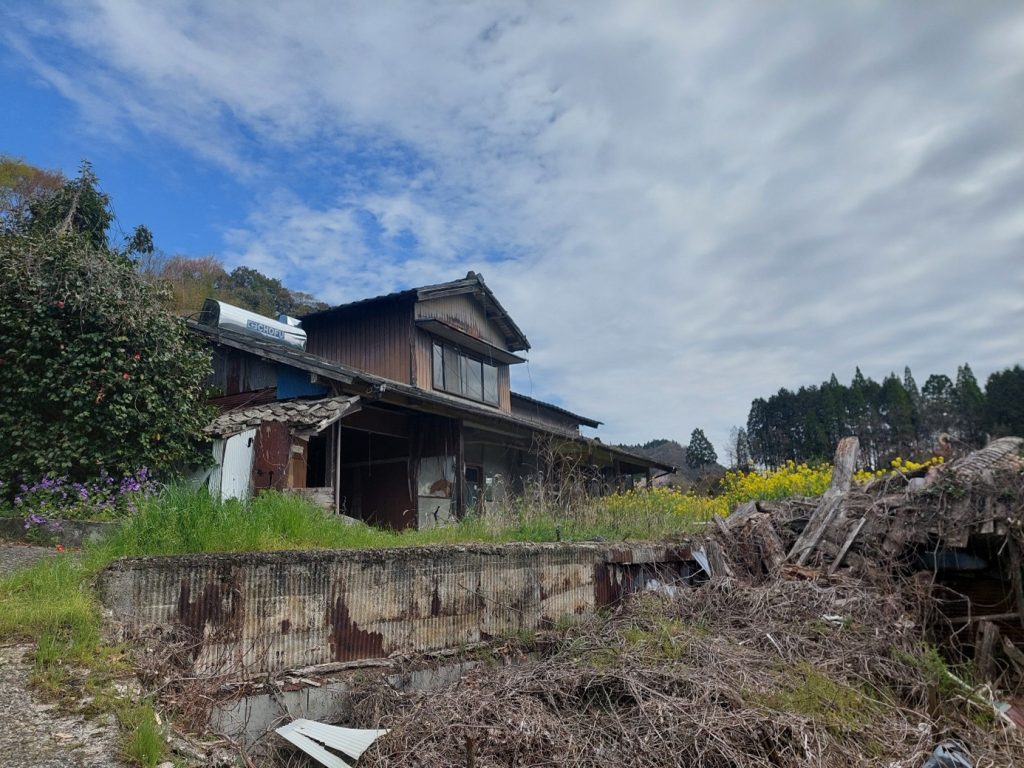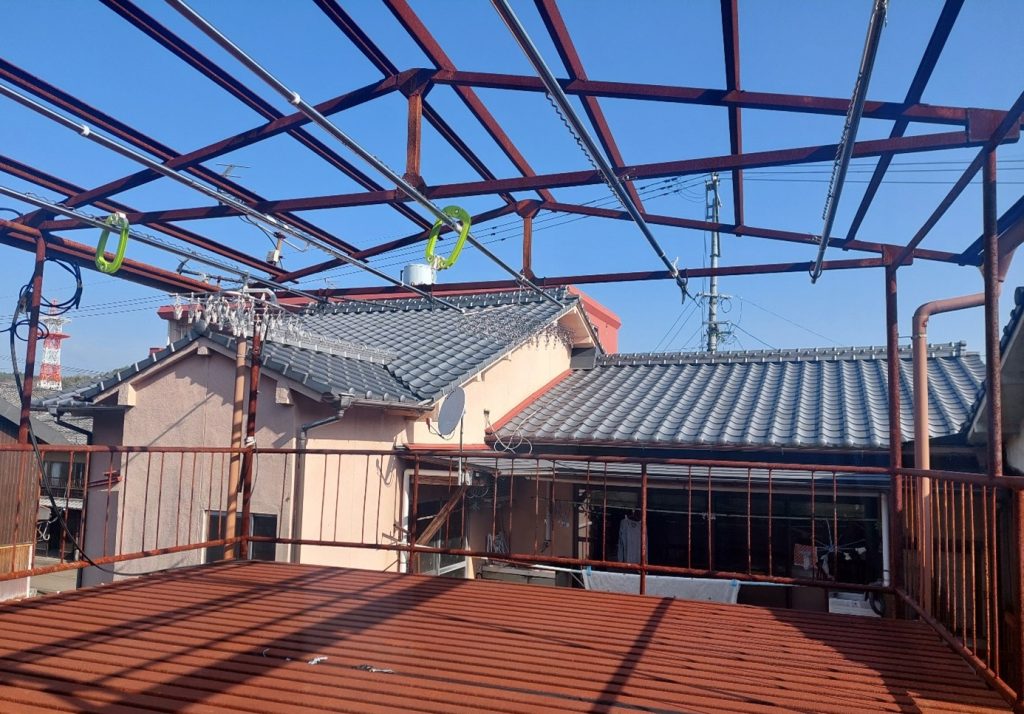by Cornelia Reiher
After studying urban-rural migration in Japan over time, I realized that the mobilities of urbanites in the countryside and beyond are very dynamic. Over the years, I met people who moved to a rural town, stayed there for a few years and then moved to another rural area within Japan. There were also migrants who moved back to the city they came from, while others moved abroad. Still others have never confined themselves to one place of residence and lead a mobile life between two or more places. Even the Japanese government has recognized more mobile lifestyles and supports the promotion of kankei jinkō. The term has been awkwardly translated into English as “relationship population” and refers to a group of highly mobile people who regularly spend time in the countryside (Dilley et al. 2024).

Copyright © Cornelia Reiher 2023
In this article, I introduce Yuri, who first came to the countryside for a workation, returned several times and later moved to a rural town where she now lives part-time. I met Yuri in the fall of 2022 in a small town in Kyūshū where she currently rents a room in a sharehouse. She is a photographer and web designer in her early thirties who lived in Kansai and spent her second workation in Kyūshū when we first met. Workation combines the words “work” and “vacation” and means working remotely from a location of your choice rather than from home. When their work is done, workationers can explore their destination. In Japan, workation is closely linked to initiatives by local governments in rural Japan to attract people to visit, work and ideally settle in their communities (Matsushita 2022; Yoshida 2021). When the COVID-19 pandemic started, Yuri was able to work remotely and went on workations to different parts of Japan. In Okinawa, she met a girl who had been to Kyūshū and had helped to renovate a sharehouse. Yuri visited the sharehouse’s social media account and decided that she wanted to go there right away because the photos made her feel “at home” (atto hōmu na kanji). In 2022, she lived in the sharehouse, helped with renovations of another sharehouse and worked remotely. In January 2023, she relocated and moved into the sharehouse she had helped renovate, continued her remote work, and found work as a freelance photographer.

Copyright © Cornelia Reiher 2023
During our first meeting, we connected via social media. On social media, urban-rural migrants often use arrows between two place names to show where they have moved from and where to, but usually the arrow is pointing in only one direction. But some people like Yuri use arrows pointing in two directions to show that they are highly mobile individuals. In addition, many use the hashtag “nikyoten seikatsu” (living in two places). Yuri’s social media accounts document her travels all over Japan. She shows beautiful rural landscapes alternating with portraits of people and products. She describes her lifestyle as temporary migration (ichijiteki ijū) and enjoys her life between Kansai and Kyūshū as much as traveling within Japan for several months per year. The sharehouse itself is a place where people often only stay temporarily and Yuri enjoys meeting new people. In the spring of 2023, I lived with Yuri in the sharehouse and found her well-integrated into the community of urban-rural migrants, but she had also become friends with her elderly neighbors. Within the few weeks I spent with her, she had jobs in Kyūshū and went to Kyōto, Ōsaka and Okinawa. Although she rents a room in the sharehouse, the small town is more of a temporary base for her.

Copyright © Cornelia Reiher 2023
The reasons why people leave and move on are diverse, but for most of my research participants, the COVID-19 pandemic was a reason to choose a more mobile lifestyle. Yuri, for example, told me how free she felt when she was able to work remotely when the pandemic started in 2020 and her work style changed. Before the pandemic, she barely had time for anything other than her work because of the long commute. When she was able to work from home, she finally found the time to focus more on photography – a long-held wish. In addition, she was able to work all over Japan. Telecommuting offered the opportunity to work anywhere and made urban-rural migration and workation more attractive. Workation offered Yuri a new mobile lifestyle that would eventually lead her to move to Kyūshū. Generally speaking, remote work and workation increased the number of short-term visitors and kankei jinkō in the countryside (Dilley 2024; Matsushita 2022; Yoshida 2021), and some of these short-term visitors, like Yuri, decided to stay longer. Thus, changing work styles go hand in hand with mobilities and bring about change in rural Japan.
References:
Dilley, Luke, Menelaos Gkartzios, Shogo Kudo, Tokumi Odagiri (2024), “Hybridising counterurbanisation: Lessons from Japan’s kankeijinkō,” Habitat International 143, https://doi.org/10.1016/j.habitatint.2023.102967.
Matsushita, Keita (2022), “How the Japanese workcation embraces digital nomadic work style employees,” World Leisure Journal 65 (2): 218–235.
Yoshida, Tatsuya (2021), “How Has Workcation Evolved in Japan?” Annals of Business Administrative Science 20: 19–32.
